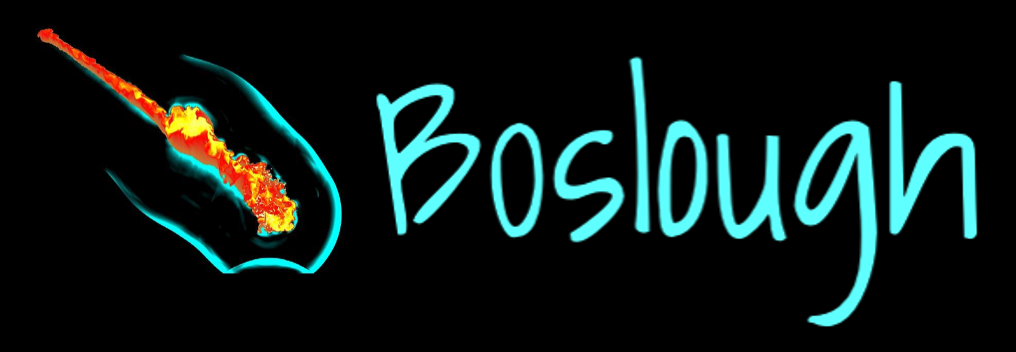Unforgettable Shoemaker-Levy 9
Mark Boslough, Norma Boslough, Yvonne Ellington, and Carolyn Shoemaker at Pecos Conference, August 2018, Flagstaff, Arizona
Thirty years ago, a cosmic oddball was photographed by a team of three scientists. The dry language of the announcement in the International Astronomical Union Circular of March 25, 1993 only partially masked the excitement of the discovery:
"It is indeed a unique object, different from any cometary form I have yet witnessed. In general, it has the appearance of a string of nuclear fragments spread out along the orbit with tails extending from the entire nuclear train as well as what looks like a sheet of debris spread out in the orbit plane in both directions. The southern boundary is very sharp while the northern boundary spreads out away from the debris trails."
The oddity came to be known as Shoemaker-Levy 9. It was a puzzling find, but it would become most famous for the way it met its end.
Photo credit: NASA
In the July 1993 issue of Sky & Telescope, co-discoverer David Levy, a regular columnist for the magazine, described the serendipitous events on top of Palomar Mountain that led to Carolyn Shoemaker's first identification of the comet on damaged film, polluted with glare from Jupiter, from an image taken just before the clouds descended for the rest of the night: "I don't know what this is, but it looks like a squashed comet."
David went on to speculate about how the comet might have broken, and what might happen to it:
"As Comet Shoemaker-Levy continues to evolve, we may see some of the fragments fade to nothing. Maybe a few will last a year or more. Right now, all we can do is wait, watch, and speculate. No matter what the outcome, all of Comet Shoemaker-Levy's offspring will live long in our memories."
He was right about one thing. We have not forgotten.
Just over a year later -- in July 1994 -- the surviving fragments of Shoemaker-Levy 9 slammed, one by one, into Jupiter's atmosphere with the force of millions of nuclear explosions. It was one of the most spectacular celestial displays ever witnessed.
This event changed the way we think about the vulnerability of our own planet, and planetary defense is now a subject of serious scientific studies and regular international meetings.
Even much of our understanding of the physics of the 2013 Chelyabinsk meteor explosion over Russia is directly attributable to the observations, modeling, and analysis of the 1994 Jupiter impact.
And thirty years later, we remember the comet and it's discoverers: Carolyn and Gene Shoemaker, and David Levy.
Originally published in Huffington Post on March 26, 2013.
Related Resources
Carolyn Shoemaker debates advocates of the Younger Dryas impact hypothesis (Pecos Conference, 2008)


